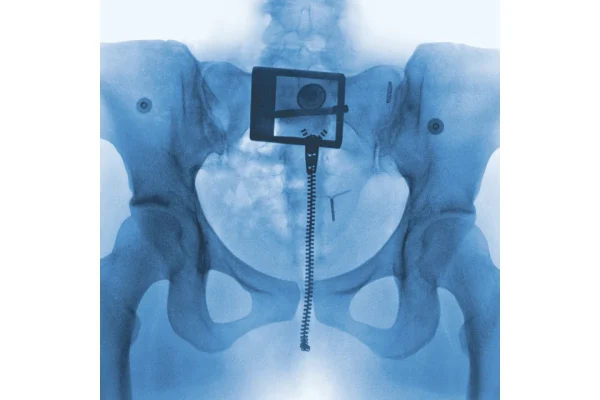Political Focus: The student loan crisis
Last week, we began taking a look at Hillary Clinton’s proposal for higher education. Specifically, we examined her plan for free tuition at public, in-state universities and community colleges. That part of her plan is an attempt to ease the burden on future students. However, according to Student Loan Hero, there are already 43 million borrowers sharing $1.3 trillion in debt.
How it all began
Until 1965, students in the U.S. had to find ways to finance themselves through college. A college education was, therefore, a luxury for the rich. President Lyndon B. Johnson set to fix this problem and signed the Higher Education Act of 1965.
Among other things, this essentially created the student loan system. Students were now able to go to banks for cheaper loans insured by the government.
The program has since been tinkered with and expanded upon in many ways. For example, years later, President Richard Nixon expanded the program by creating a government agency called Sallie Mae. Students now got loans from the banks and Sallie Mae bought those loans from the banks, giving the banks more money for more loans.
When President Bill Clinton was elected, he aimed at eliminating the middle man and allowing the government to issue loans directly to students. After years of political conflict, Clinton was able to pass that provision. As a compromise, he agreed to privatize Sallie Mae, meaning freeing it from governmental power.
In 2010, President Barack Obama signed a student loan program “overhaul,” eliminating private banks from federal loans and expanding grants and investments in community colleges.
Who’s to blame for the crisis?
The crisis we currently face is the result of a perfect storm and people want to point the finger in a couple of different directions.
For some, the answer is Sallie Mae. After privatization, the organization grew tremendously. As debt increased, Sallie Mae’s profits grew to $3.5 billion. This is where many people have an issue. Students in debt struggling to get an education while the rich get richer off their struggles doesn’t sit right with a lot of people.
Others blame government involvement. The more money the federal government poured into paying for college, the more colleges could charge for tuition. The government responded with more spending and more legislation, putting a huge financial burden on taxpayers.
A more recent explanation for tuition increase is a decrease in state funding for higher education. According to the Center on Budget and Policy Priorities, per-student funding in Michigan has decreased by 21 percent since 2008. In turn, the average tuition at four-year public universities in Michigan has gone up by $2,276.
Clinton’s solution
The democratic candidate’s proposal is designed to helped borrowers in a couple of different ways. Her website states, “Borrowers will be able to refinance loans at current rates,” adding that they won’t pay back more than 10 percent of their income and any outstanding debt will be forgiven after 20 years (both of the latter provisions were already signed into law by President Obama in 2010).
Let’s make sure we understand what that means.
The interest rate on federal student loans is at 3.76 percent this year, down from 4.29 percent, according to CNN Money. However, in the past, it has been up to almost 7 percent, justified by the high risk of students defaulting.
This means some students are paying back their loans at that fixed interest rate, instead of interest adjusted to the current rate of 3.76 percent.
Under current legislation, if you find a job with a high-enough income after college, you can refinance your student loan payments at a lower interest rate because now there’s less risk involved for the lender.
Under this provision of Clinton’s plan, anyone would be able to refinance his or her loans at the current rate, regardless of income.
Does the government really make money off students?
Clinton’s plan is based on the answer to this question being “Yes,” and even Donald Trump has said he agrees students are “probably one of the only things the government shouldn’t make money off . . . it’s terrible that one of the only profit centers we have is student loans.”
But analysts seriously debate whether the government is really making a profit off the student loan program, or if it’s actually losing money.
CNN Money explains, the Congressional Budget Office (CBO) makes two estimates on this matter. By the calculation that they are required to follow, the federal student loan program could turn a profit of $1.6 billion in 2016.
However, as CNN explained, “The CBO itself says there is a better way to calculate the money coming in and out of the loan program.”
When accounting for the risk of students falling behind or defaulting on their loan payments, the CBO estimates that the loan program would result in a loss of $20.6 billion. Clinton also states in her proposal that she would cut the interest rate even further, making loans even riskier for the government.
The truth is, there’s no real way to measure this until the loans are paid off, which takes years. Therefore, the CBO has to make a lot of guesses to calculate the risk.
However, CNN interestingly notes that, no matter how you do the math, the government is not making money off of loans to undergraduates. Any profits come from loaning to graduate students or parents.







